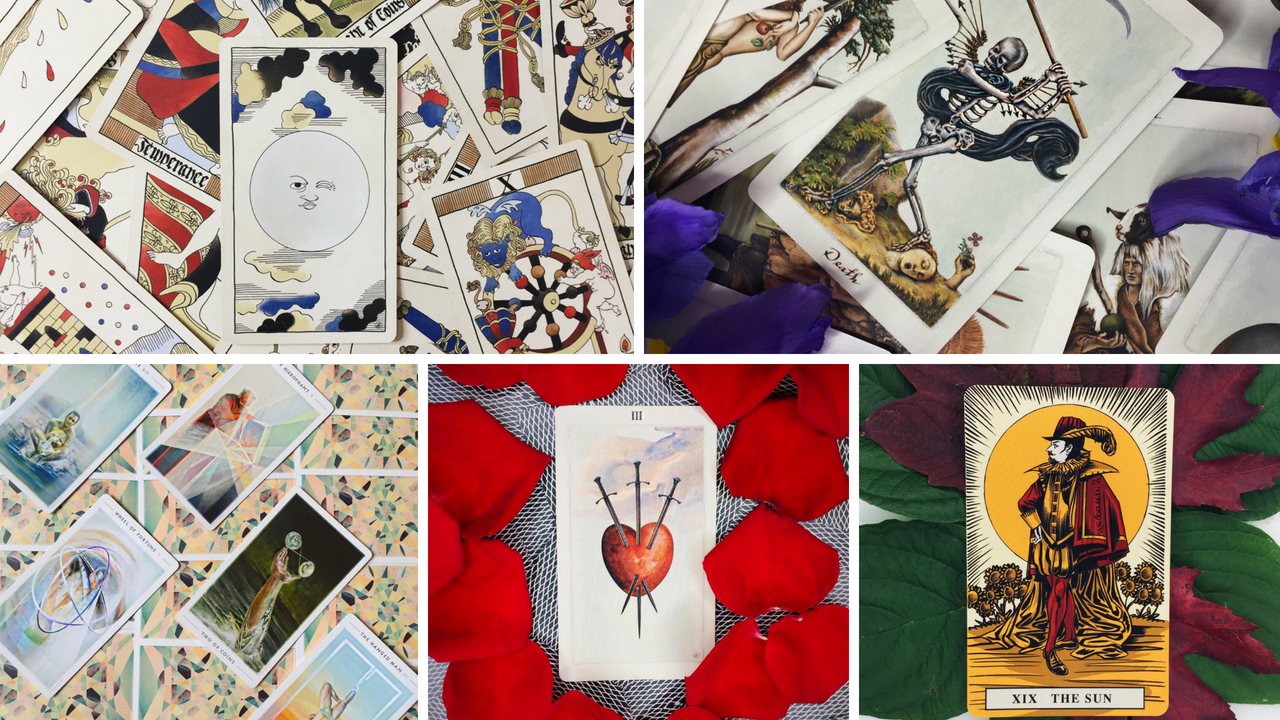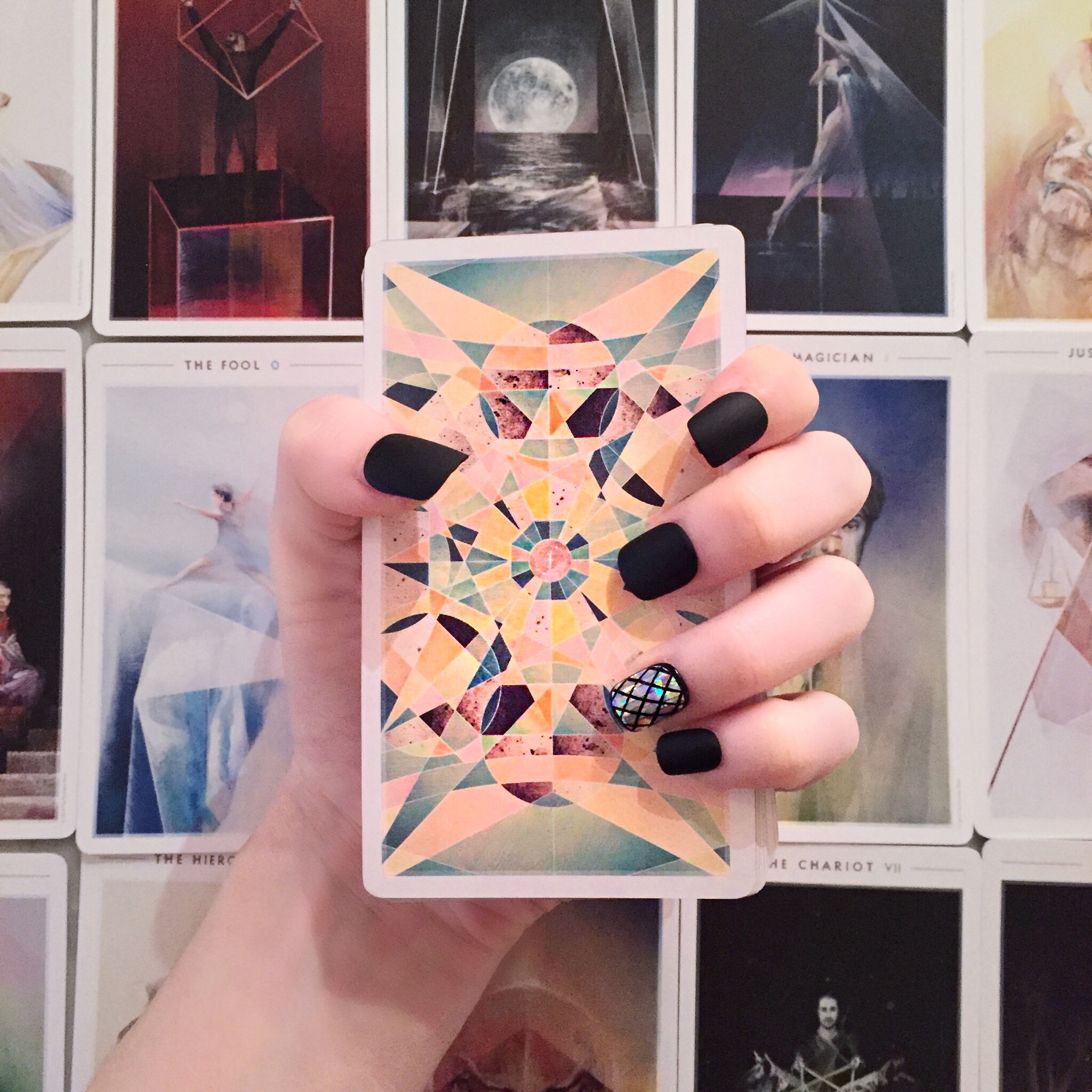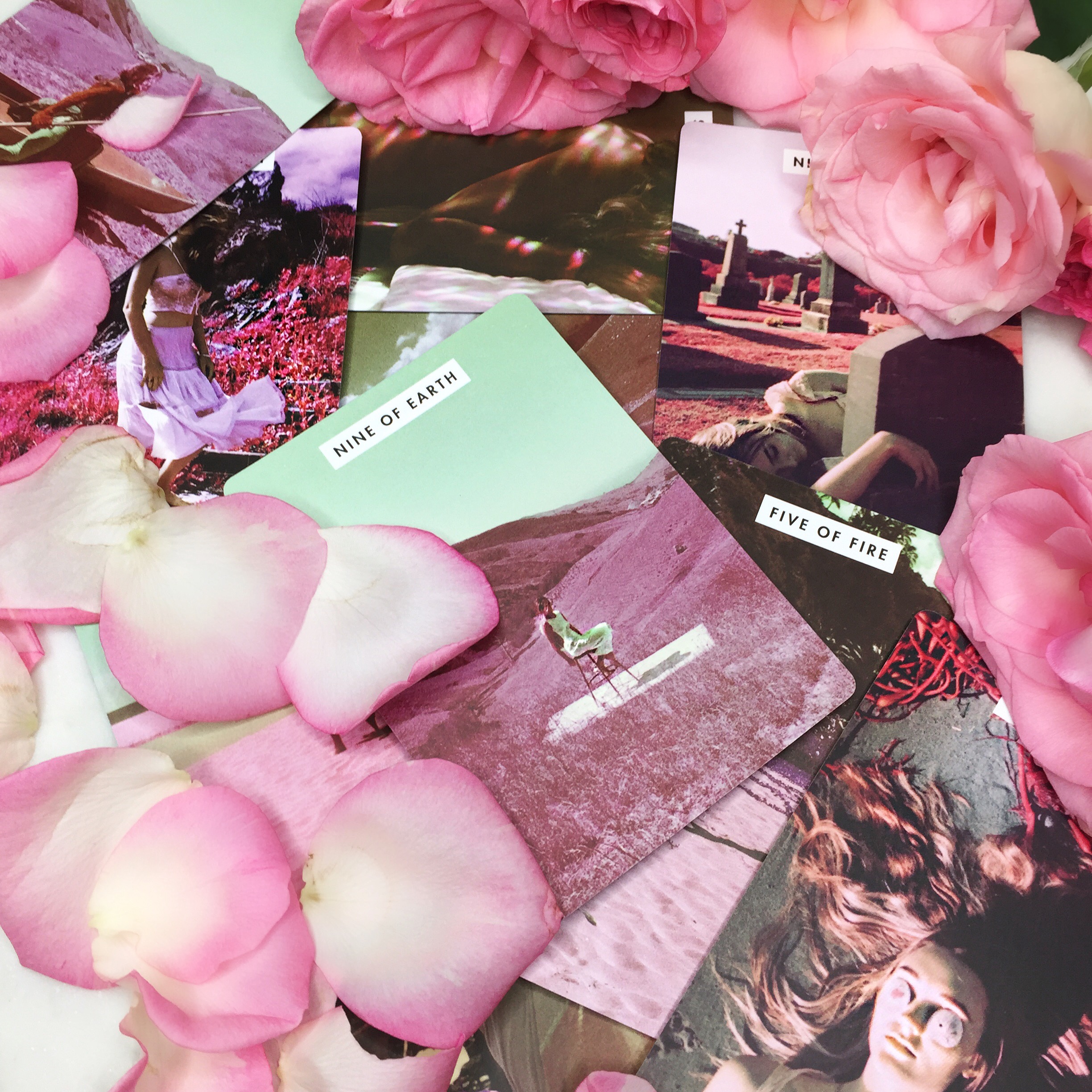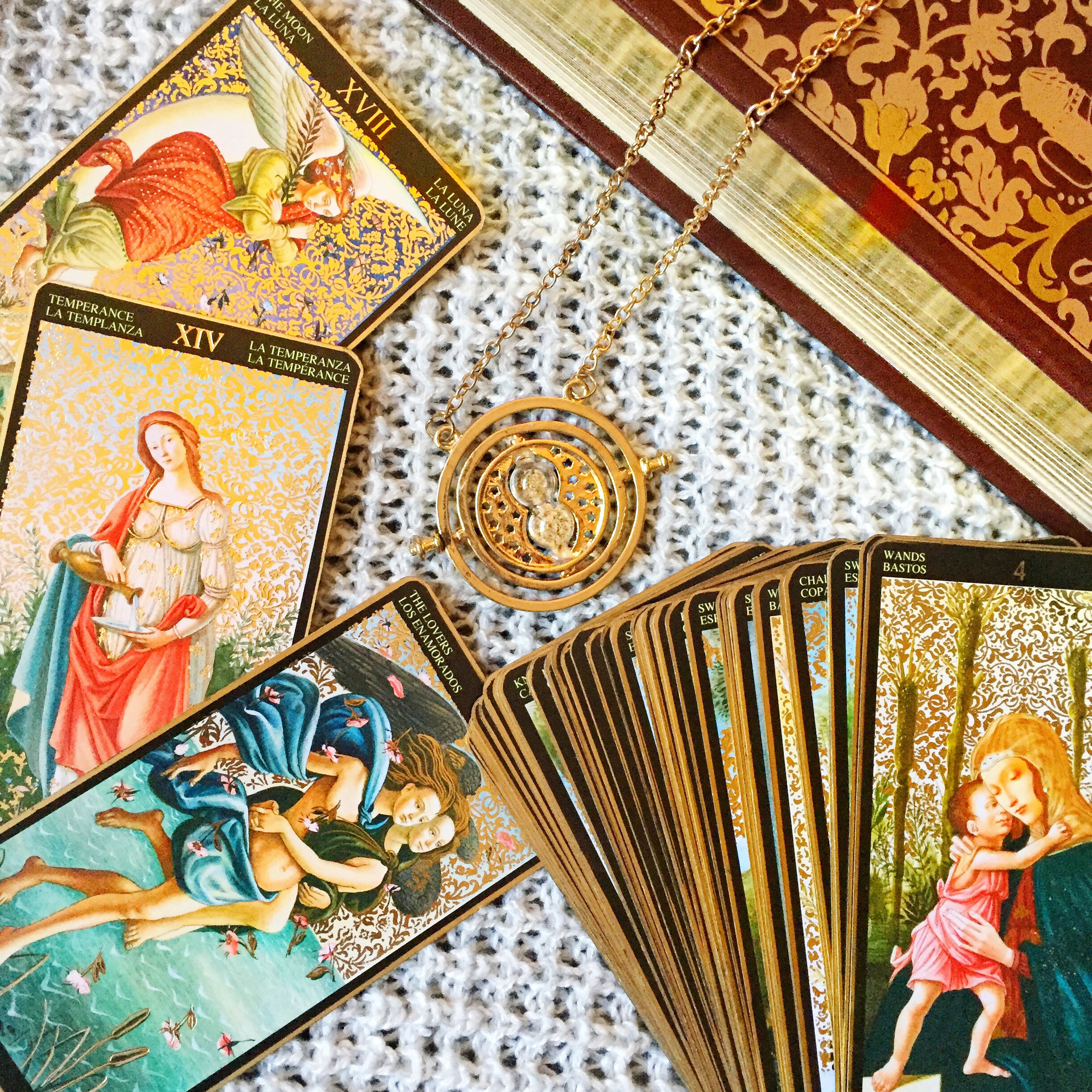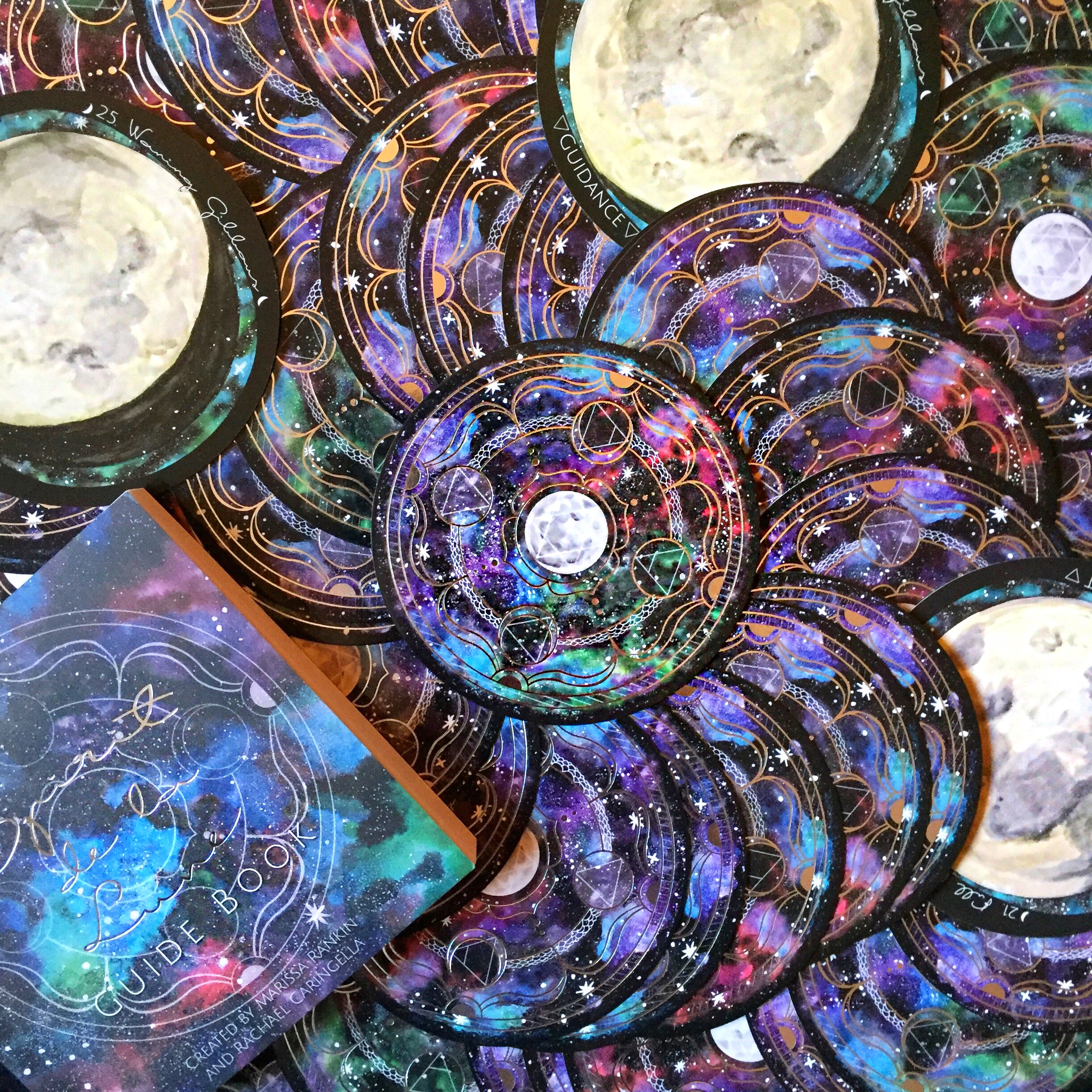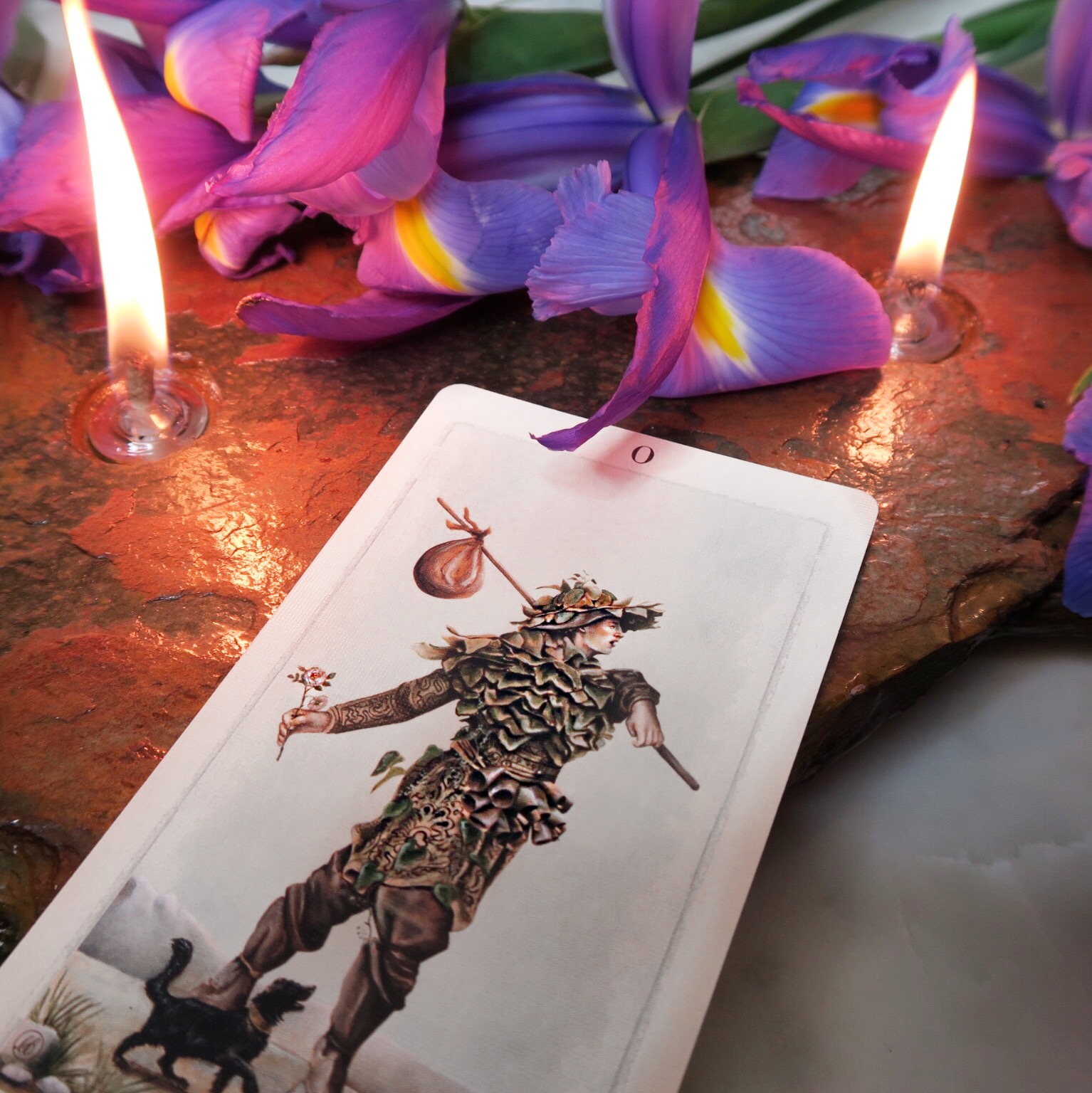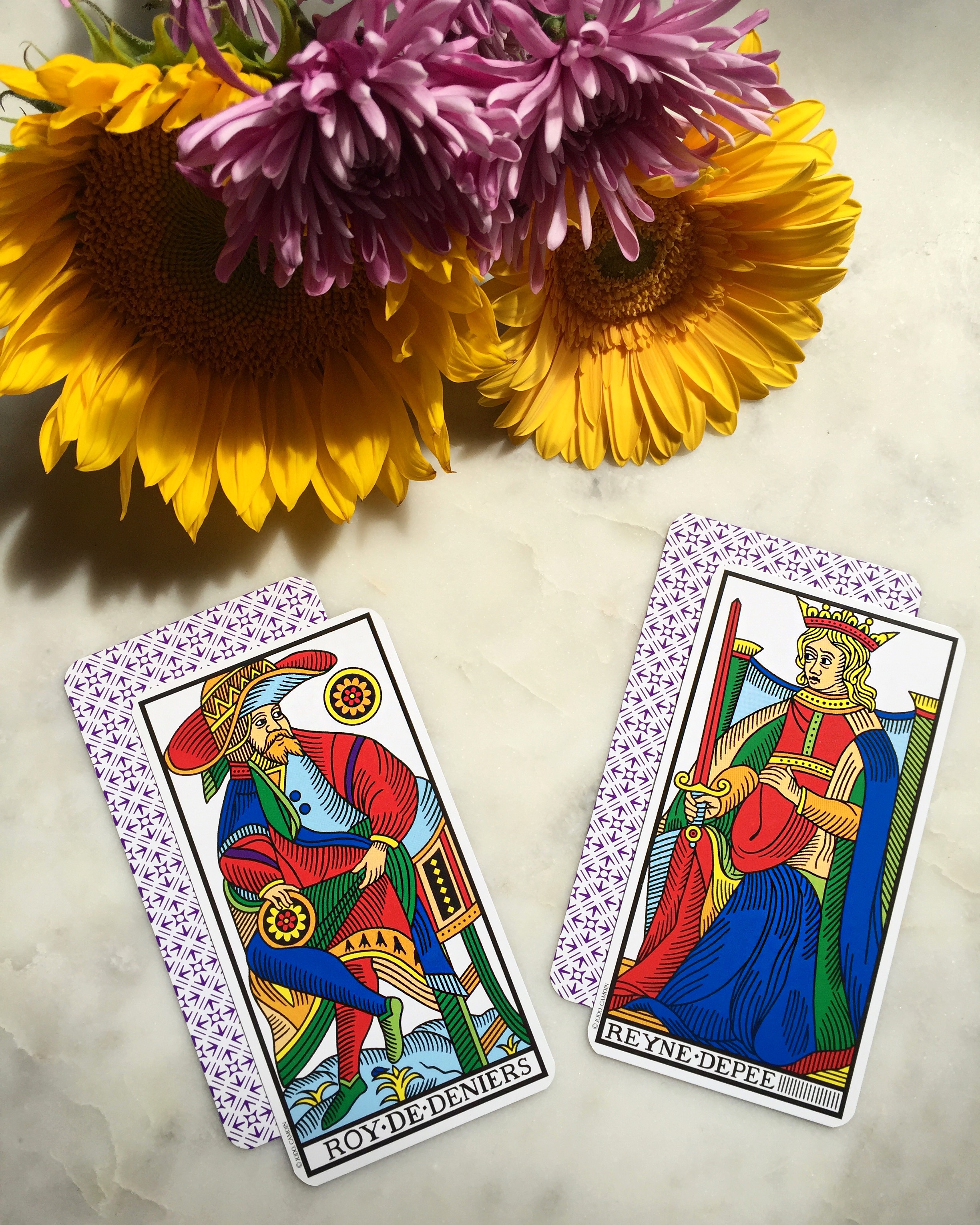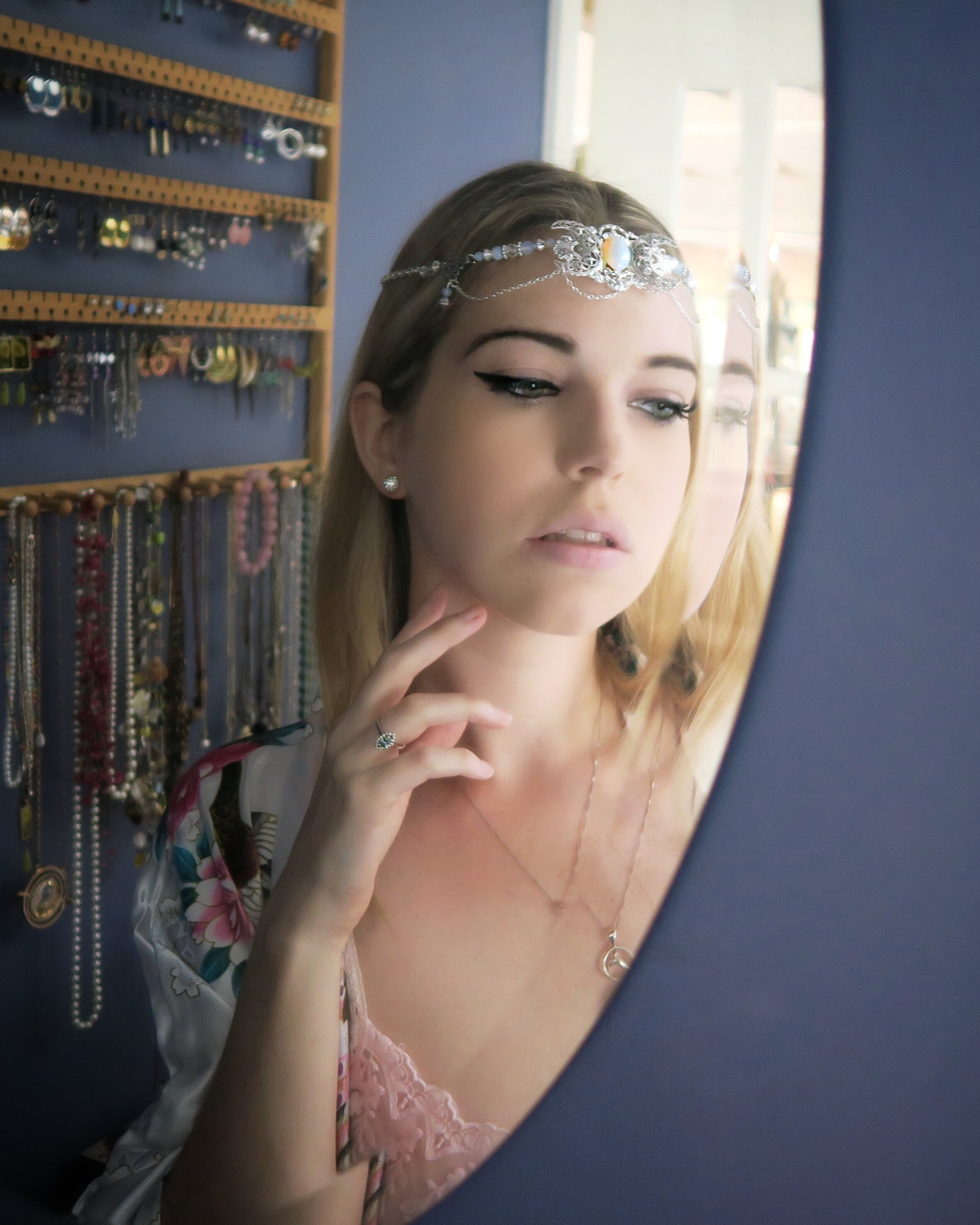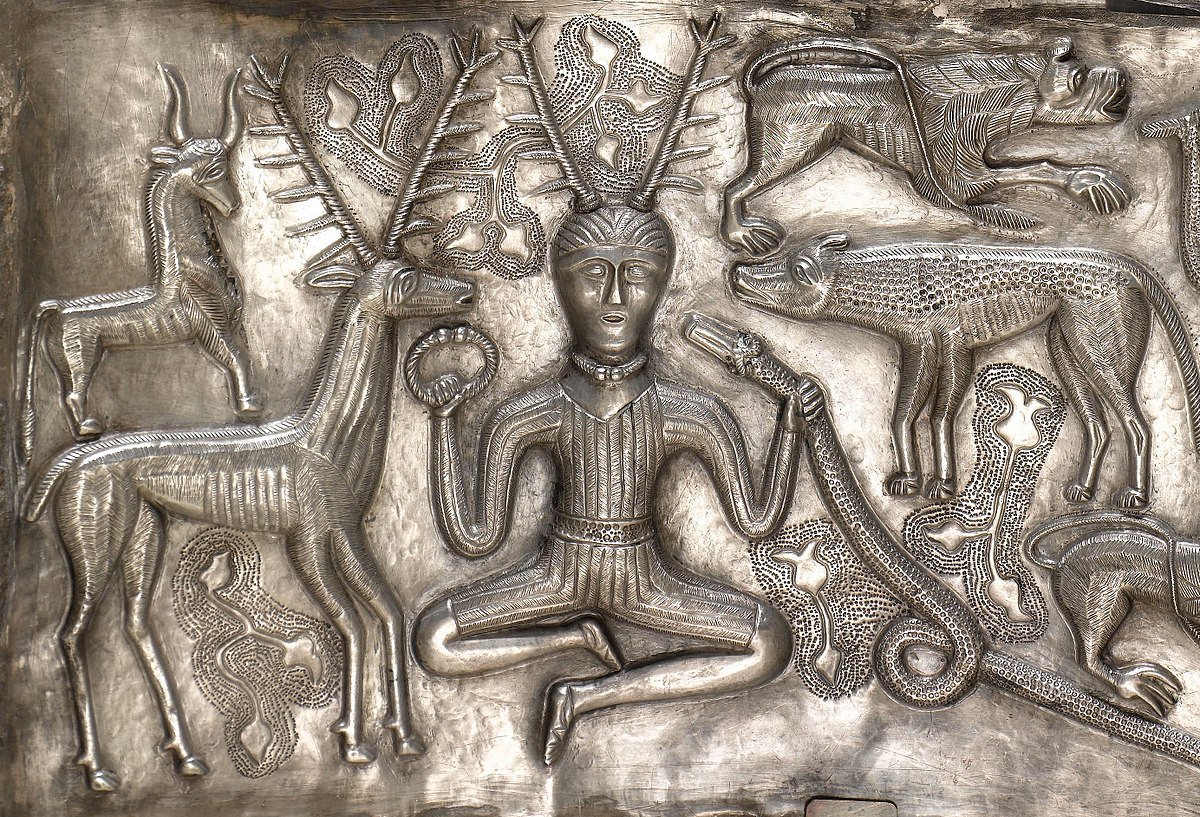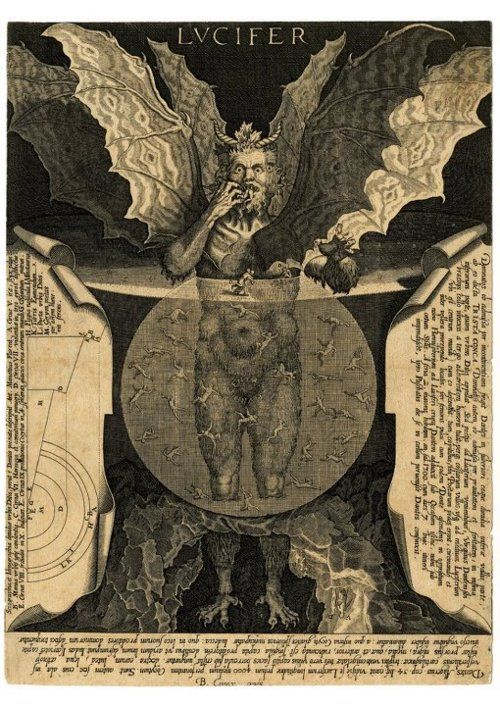As a professional tarot reader I have a tenuous relationship with oracle decks. Oracle decks by their very nature defy convention. They are their own little world inside of itself, immune to the rules and structures that make up traditional tarot decks - and in that way they are both intimidating and intriguing.
Doing tarot readings and lessons each day I’ve become accustomed to the rules that define tarot. I’ve become comfortably familiar with the meanings and symbols of those 22 archetypes and the traditional 4 suites. So, when faced with something new, like the Supra Oracle deck, I think to myself ‘Do I really want to learn a whole new system just to read this deck?’ Usually with oracle decks the answer is no, but with The Supra Oracle, my answer is entirely different.
The Supra Oracle deck is by far the best oracle deck I’ve come across to date. As with all decks created by Uusi the design details are immaculate. The corresponding book is wonderfully well written, and the box and cards are of great quality. I imagine anyone who owns a deck by Uusi takes a sigh of relief when opening their deck for the first time, thinking ‘Ah, yes, this is deck worthy of my time.’
The designs themselves are aesthetically minimalist with references to sacred geometry, alchemy, Jungian psychology, and Medieval gnosticism. It’s clear that a lot of research went into the development of these designs and that each card was carefully thought out. The Supra Oracle deck weaves these symbols to create a cohesive magical world; a world that gives space for you and your own subconscious to fill in the blanks with your own interpretation.
But here’s the real reason I’d like to recommend this deck to you and it’s a reason that’s difficult to explain in words. That’s because it’s really a feeling I’m trying to explain. It’s a feeling I had when opening the box and thumbing through the cards one at a time. As an intuitive I do occasionally get profound feelings or sensations from time to time and as I felt these cards in my hand I experienced an unusual feeling of weight, as if each card weighed as much as a dinner plate. The cards seemed to ground me immediately and shift the worries of the day far away from my mind. As I tried out my first few spreads my subconscious immediately entered a state of flow and I was able to relate to each card in such a meaningful way that is hard to describe.
The idea of learning a whole new set of card meanings no longer felt intimidating. That’s because deep down I already knew how to interpret the cards. It was like I knew all along and these images merely brought forth the knowledge from within. So, I encourage you to pick up this deck and experience it for yourself, you might be surprised by the magic that appears within.








